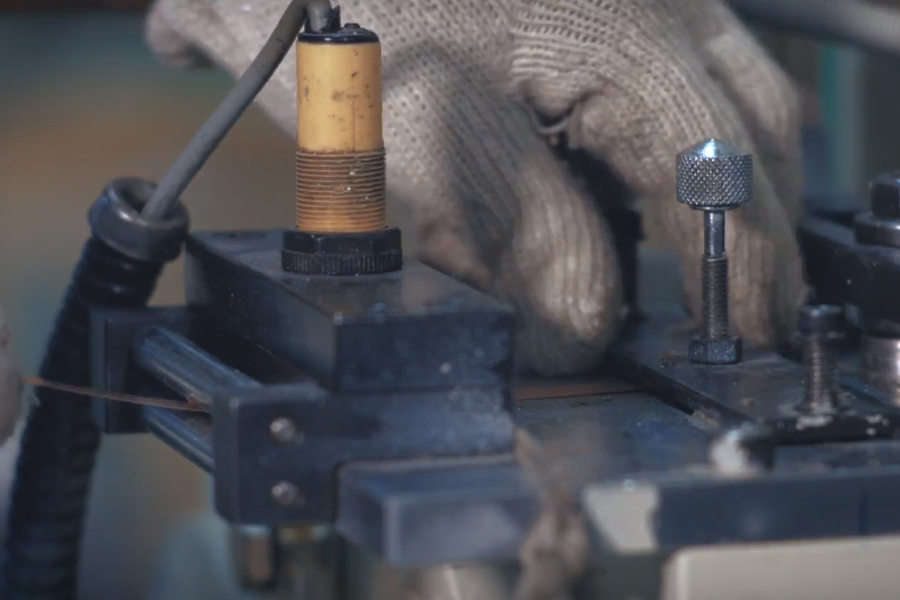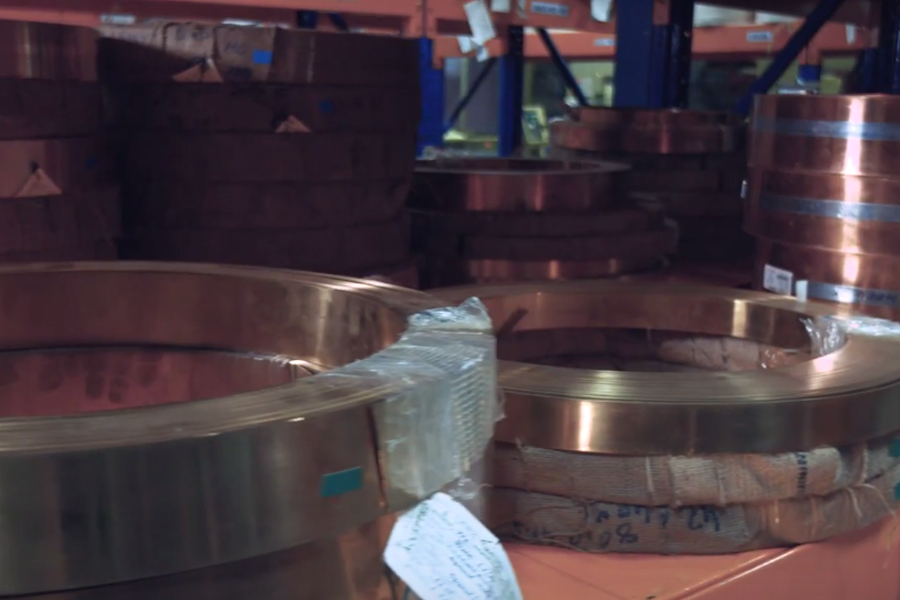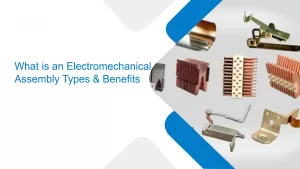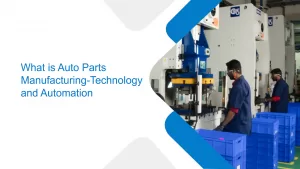How Sheet Metal Fabrication Forms the Future of Precision Metal Stamping?
- Design and Engineering |
- Jun 13, 2019

Since the advent of the industrial revolution next to nothing is custom made or individually manufactured. Besides, in today’s world it is incredibly expensive to have custom made products. Sheet metal fabrication, therefore, is no longer a manual, specialized, individual activity but is basically an industry which is called the metal stamping industry. Sheet metal stamping is the process used to manufacture most of the individual components of the different goods we use today.

Understanding the terms
First of all, let us understand what the terms involved actually mean. Precision, in mechanical terms, primarily means to be held to tight tolerances. Stamping refers to a punch and die process using a press that supplies the needed force to change the shape of the sheet metal according to the punch and die design. Precision metal stamping often relates to small metal parts, such as a part of a mechanical watch, rather than to larger metal components like the bumper reinforcement of a vehicle. Sheet metal fabrication refers to various processes such as blanking, coining, bending, punching, embossing, drawing, forming, and piercing, carried out on metal sheets to form desired components or finished products. Precision metal stamping also including stamping logos or other items on small metal objects such as coins, electronic components and so on. Durable, high-quality parts are produced for a number of industries, such as the aerospace, medical, electronics, and other industries by sheet metal stamping as it is fast and efficient.
Types of metals used
Sheet metal fabrication uses a variety of metals for the precision metal stamping process. This includes stainless steel, galvanized steel, copper, zinc, titanium, aluminum, brass, alloys based on nickel, cobalt-chrome and so on.
The Process
Precision sheet metal stamping is a process in which metal sheets or coils are fed into presses. These presses use a punch and die design to provide the final product of precision-made metal parts. The punch and die(s) are carefully designed to mold or form the metal sheet into the desired size, shape and form. Sheet metal fabrication is carried out by different machines and the thickness of the sheet depends on the design of the machine. Generally, machines have the ability to handle sheets with a maximum thickness of 1/4th of an inch, although there are machines that can handle even thicker sheets.
The process begins with a client communicating the requirement for a specific sheet metal stamping product or component to the metal stamping manufacturers. The team designs an appropriate sheet metal stamping punch and die that could produce the desired object. A trial run helps ensure that the product is according to the specifications provided. The punch and die are designed to ensure speed in production while also ensuring that there is minimal scrap going to waste. Once the design and the product are satisfactory, actual production begins. Several measures are undertaken during the entire process to ensure that everything is according to specification. Quality control also ensures that there are no defects in the product. The specifications are very strictly adhered to as even slight variations could lead to complex problems in component assembly later on.
Computer-aided design (CAD) software packages such as AutoCAD SolidWorks and ProE are used in the design and planning stages. This allows for precision planning and flawless execution.
Advantages of precision sheet metal stamping
Precision metal stamping products are of very high quality. They are reliable and can be produced at very competitive prices. The use of an appropriate punch and die ensures that wastage is minimal, thus further economizing the process. The turnaround time is much less. Precision sheet metal stamping can produce complex designs with close tolerances.
Precision sheet metal fabrication or sheet metal stamping is nothing new. It is an ancient art. The Egyptians, Greeks, and Romans, all found new ways of creating metal tools and weapons using force on a hot or cold metal plate. The methods have been refined and mechanized. However, precision sheet metal stamping is still an art. A number of items we use in the course of our daily lives, such as electronic devices, even the spoons and forks we use, are all the product of the precision metal stamping industry. Yes, sheet metal fabrication is the future of the precision metal stamping industry.
Ujjwal handles crucial roles like AGM Marketing, researcher, and is an author for KDDL – Eigen. He currently works with Eigen for implementing proven techniques and strategies for marketing plans on online and offline platforms. An expert in efficiently executing SEO, SEM, email marketing, social media marketing, PR marketing, Print campaigns, etc. Ujjwal has coordinated an efficient marketing team on various creative campaigns and programmatic buying to support various digital cross-promotion efforts. Implement efficient search optimization strategies with the help of collateral material and metrics.
In his former years, Ujjwal has years of experience in a managerial role for several reputed companies. His years of experience combined with the flair of writing help him come up with result oriented strategies for Eigen.




